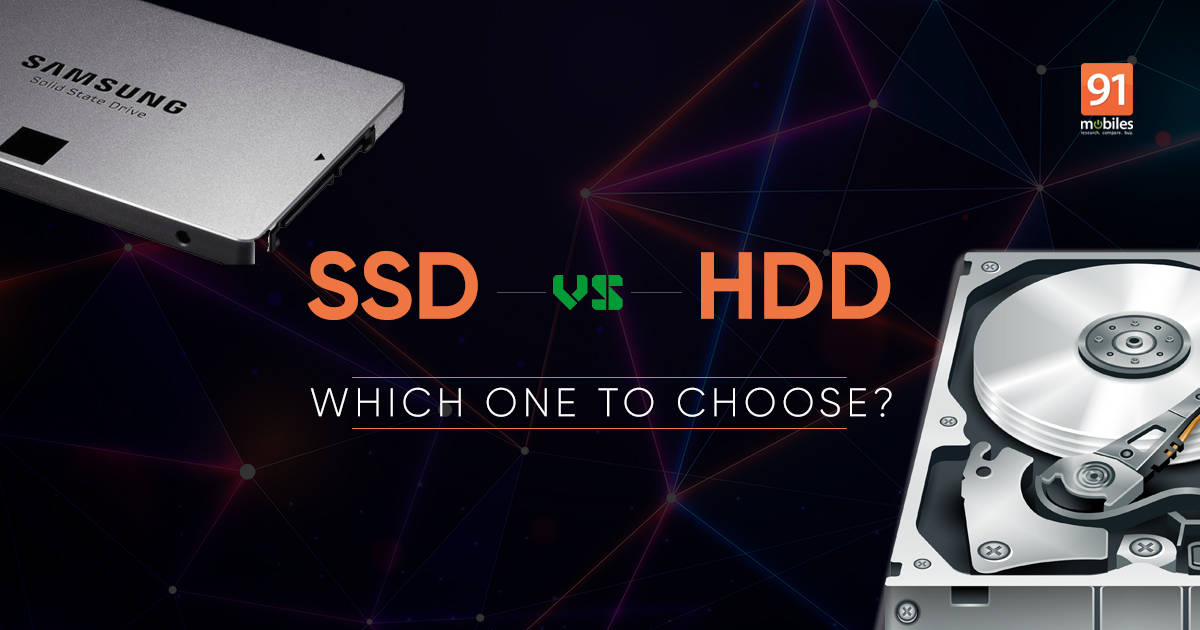

Over-provisioning simply means that the drive includes more than the rated amount of memory. Wear-leveling refers to a firmware algorithm that spreads writes evenly throughout the storage media so that no blocks get worn out more quickly than others. To combat this, SSD manufacturers employ two strategies – over-provisioning and wear-leveling. This makes SSDs subject to an effect called “write amplification” because the number of storage locations that must be erased and rewritten in order to store new or changed data can be far greater than the actual size of the new data. So, in order to change one byte in a file, the entire block in which that byte is contained must be rewritten to a new location and the old location erased. To make matters worse, SSD data can only be written in blocks, not bytes. As the writes add up, eventually the storage cells are degraded to the point that they can no longer accept data, and no more writes are possible.

Every time one of the device’s storage cells is written to, that cell is degraded to a small extent.

The semiconductor technology, called flash memory, has a peculiar failure mode all its own. SSDs, on the other hand, are purely semiconductor devices with no moving parts. Even if there is no other defect, all that movement will eventually cause a HDD to wear out mechanically. HDDs have spinning magnetic platters on which data is stored, and actuator arms that move read/write heads back and forth above tracks on the platters in order to access data block locations. But the two technologies fail in different ways. All disks eventually fail, whether they are hard disk drives (HDDs) or solid state drives (SSDs).


 0 kommentar(er)
0 kommentar(er)
